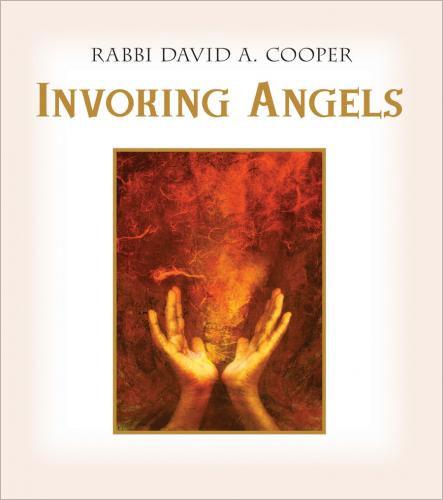
SHEKHINA THE ANGEL OF DIVINE PRESENCE
The Shekhina
The word “shechane” in Hebrew means a neighbor or an inhabitant of a place; and “Shekhina” has the special meaning of being the Divine Presence. The “ah” sound at the end of a word in Hebrew usually indicates the feminine gender. Thus, the Shekhina is viewed in traditional Judaism as the God’s Divine Presence, which is a feminine aspect. In addition, the same root is found in the word: Mishkan, which in times past was the home of the Shekhina. In the Hebrew Bible, the Mishkan was considered to be the dwelling place of God on earth, a portable sanctuary that was carried by the Hebrews during their years of wandering in the desert.
What is meant by Divine Presence? In the earliest times, the Presence was awesome. If the high priest entered the holy of holies and stood in the physical presence of God, a single ill-timed thought would result in the priest’s immediate death. On Yom Kippur day, when the high priest was obliged to enter the Holy of Holies—a special chamber in the center of the Temple—and speak the secret name, a rope was tied around the priest’s waist so that if he died because of his wandering thoughts, those standing on the outside would be able to pull him out. Otherwise, anyone that tried to enter the holy space to retrieve the dead high priest would himself surely risk death that would result from his own impure thoughts.
This ancient idea of a presence of God with a form that had weight and substance changed long ago when there was a shift in consciousness that developed a more abstract notion in which God was not viewed as dwelling in the Holy of Holies, but was everywhere, shapeless, without form. This sense of the abstract nature of God is given sharp definition in the book of Deuteronomy, the final book of the five books of Moses, which shifts the emphasis from the corporeal form of God that appears in the first four books, and begins to refer to God as the “Name.” This beginning of a “name theology” is the reason the ancient rabbis were very careful to avoid pronouncing specific names of God because a given name implies a form to which the name is connected.
The abstract notion of God gained more significance through kabbalistic insights. Kabbalists all along said that the Ein Sof, the boundless source of life, was indescribable. There were no attributes that could be designated, there was nothing to label; in every way Boundlessness is Nothingness and Everythingness simultaneously. Moreover, the universe we observe that is brim full of life and movement must be in its totality an expression of the Divine—what else could it be?
In the Zohar, one of the most important source books of Kabbalah, this expression of Boundlessness is called the Matrona, the Great Mother, also known as the Shekhina, the Primordial Feminine Presence. In mystical imagery, this Presence is viewed not only as mother, but as sister, daughter, and the most intimate beloved of the Source.
The Shekhina is not considered as separate from the Boundless, nor can it be separated from anything that happens in the universe. The Shekhina has been described by the scholar J. Abelson as, “a world-permeating force, a reality in the world of matter or mind, the immanent aspect of God, holding all things under its omnipresent sway.”
The essential point of Kabbalah is that the nature of the Source is an unending vital flow that sustains every movement in the universe—with the crucial understanding that this ongoing flow is not only outward into Creation, as if it were separate, but into Itself, for God is NOT separate from anything. The Source is paradoxically the immutable, unchangeable, dynamically flowing Now!
The instrument of all change and all matter that exists is the Shekhina. Moreover, not only is the Shekhina viewed as the Great Mother of this universe, it is also seen as the Great Mother of all worlds, including the realms of the angels and demons.
The Shekhina gained this all inclusive stature in Judaism mainly in the twelfth and thirteenth centuries, when Kabbalah came into its fullness and the Zohar was first published. The Zohar has over seven hundred references to the Shekhina, such as: “It is incumbent on a person…that the Shekhina may never depart….By offering prayers and thanksgiving, the person brings the Shekhina to rest within….through this union with the Shekhina, the person becomes balanced and unified….At all times, the person should be very careful of his or her actions, so that this celestial partner will stay within….When one gives joy to the Shekhina.it spreads peace in the world.”
This idea of merging with the Shekhina is an elementary kabbalistic teaching. It is the goal of all Jewish mystics to enter into a state of devekut, being “at one,” with the Divine; living in the Presence at all times. While the language of the Zohar is often erotic, just as the images described in the highly mystical Song of Songs, the intention is to transcend ordinary sexuality and attain a spiritual coherence in which one becomes indivisible from the source of life.